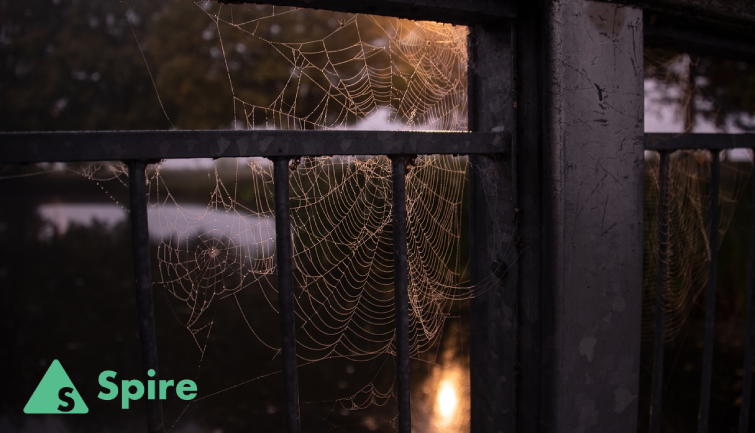Fascinating Facts about the Spiders | Learn about the Spiders
Interesting Facts about the Spiders You Need to Know
Spiders have a solid claim to being among the world's top ten most diversified populations. They can be found in almost any habitat, and they are one of nine invertebrate families that account for more than 90% of all animal life! Without these fuzzy little fellas, we wouldn't know what feels good against our skin or tastes delicious when consumed - not even near. Spiders that come play important functions in every ecosystem except inside your home, where you don't want them because there's nothing good about pests crawling through basement windows at night (or during the day).
All Kinds of Spiders Synthesize Silk.
Spider silk is one of Earth's toughest and most resilient fabrics, capable of withstanding any weather condition. It's also extremely adaptable, allowing for novel applications such as building temporary shelters or catching wildlife with its adhesive characteristics. Over 40 thousand species worldwide have achieved this skill! It was thought that all spiders were carnivorous, capturing and eating other insects, however, one species in Central America was discovered to be primarily herbivorous! Bagheera Kipling live in trees that form protein-rich buds on their leaves. These buds form a component of a symbiotic interaction between trees and ants, but A. Kipling also benefits from eating them. Nevertheless, during the dry season, these spiders are believed to be predatory. They may cannibalize one another or steal ant larvae when food is short.
Spiders are Nearsighted.
Spiders, unlike humans, have eight eyes. However, other species only have six eyes, which are referred to as "six-eyed." Spiders often utilize their main set of powerful lenses to form images in the background, while secondary sets can simply detect light or shadow and lack color coding skills, as human vision does for detecting items close to us on screen! Insects are assumed to have evolved from a common ancestor before splitting off into various branches centuries ago. Spiders are nearsighted since they do not need to look far. They wait for food in their webs and utilize silk trip wires to warn of oncoming predators, but it makes no difference how many eyes you have if something is right next door!
Females can produce up to 3000 eggs simultaneously.
The care that a female spider offers for her offspring differs according to the species. Some will die shortly after laying them, while others will carry their eggs or share prey with them and survive longer-than-expected pregnancies, which are often just brief periods in which there is no movement from one location to another but the silk sacs containing developmental stages known as “juveniles.”
Jumping Spiders may Jump 50 times their Length.
Jumping spiders, like many other species with the ability to jump long distances and heights, have been observed in nature avoiding predators. They accomplish this by utilizing a hydraulic system that generates springs within their legs, allowing them to propel themselves toward or away from danger according to the situation at hand.
The input states that “jumping spiders can alter pressure fluids” causing an increase in momentum when necessary for jumping multiple times one’s length while avoiding capture.
The "Daddy Big Leg" you see may not be a Spider.
Daddy-Long-Legs is an insect, not a spider. Many different insects have been given this moniker, including Crane Flies and Harvestmen, which lack venom or silk glands in their bodies that generate rope for gnawing on things like food that are left out at night, while cellar spiders can be found all over the United States, primarily near wine cellars, because they prefer to eat other types of invertebrates at night when human beings are not provided.
or to Schedule
Same Day* Service
Locations
*Call us today before 2 p.m. (Monday-Friday) for a same day, zero-obligation inspection and estimate or to provide pest control & extermination services near you.

